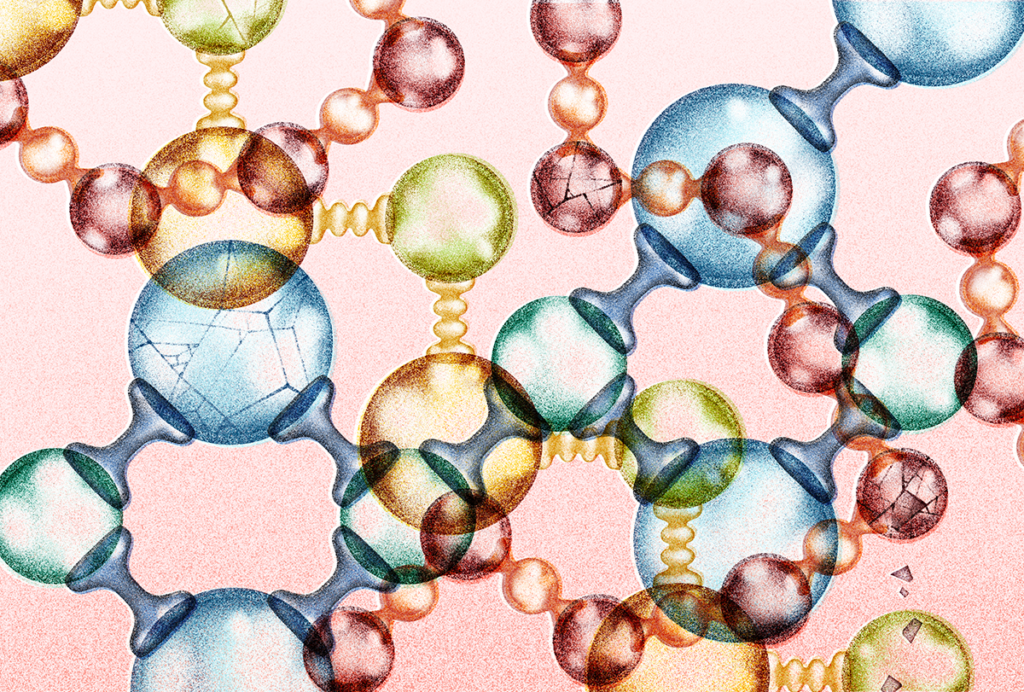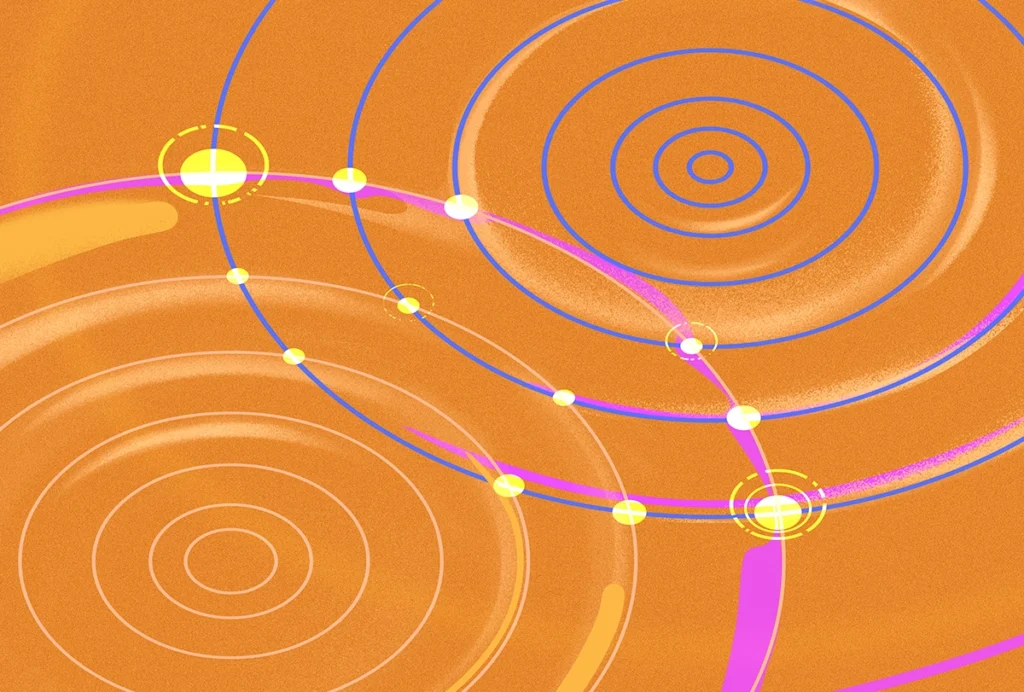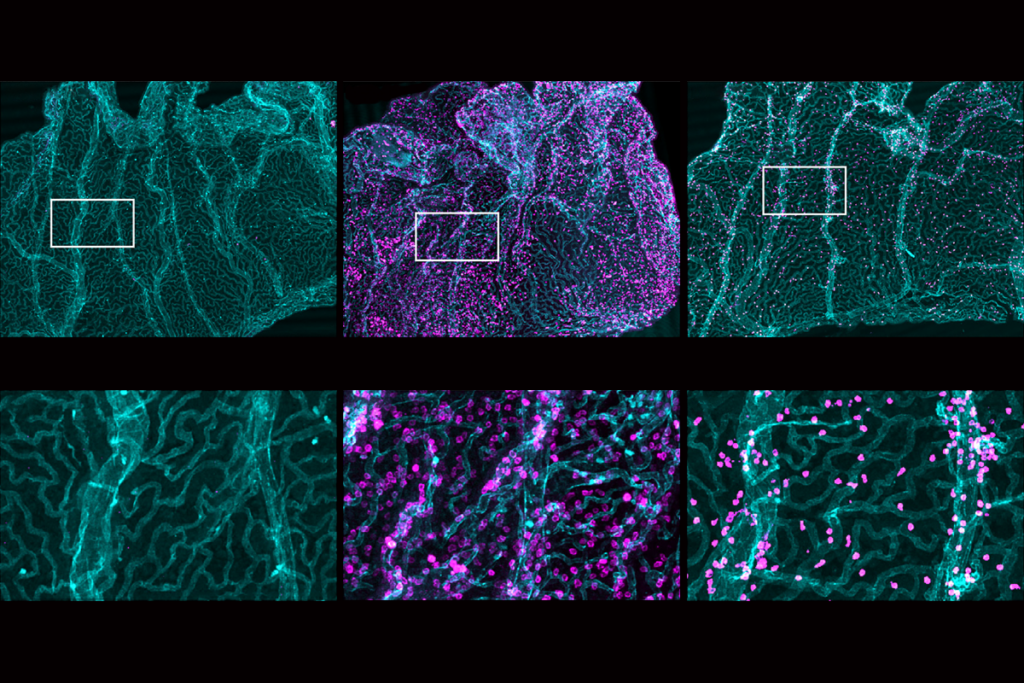Anna Victoria Molofsky is associate professor of psychiatry at the University of California, San Francisco. Her lab studies how brain connections form in early life, during learning and in the setting of aging and diseases. Her group is particularly interested in how molecules in the immune system and the extracellular matrix affect brain function. Molofsky earned her M.D. and Ph.D. from the University of Michigan and completed her postdoctoral work and adult psychiatry residency at the University of California, San Francisco.

Anna Victoria Molofsky
Associate professor of psychiatry
University of California, San Francisco
From this contributor

Cracking the code of the extracellular matrix
Selected articles
- “Group 2 innate lymphoid cells promote inhibitory synapse development and social behavior” | Science
- “Type-I-interferon-responsive microglia shape cortical development and behavior” | Cell
- “Microglial remodeling of the extracellular matrix promotes synapse plasticity” | Cell
- “Astrocyte-derived interleukin-33 promotes microglial synapse engulfment and neural circuit development” | Science
Explore more from The Transmitter
Are brains and AI converging?—an excerpt from ‘ChatGPT and the Future of AI: The Deep Language Revolution’
In his new book, to be published next week, computational neuroscience pioneer Terrence Sejnowski tackles debates about AI’s capacity to mirror cognitive processes.

Are brains and AI converging?—an excerpt from ‘ChatGPT and the Future of AI: The Deep Language Revolution’
In his new book, to be published next week, computational neuroscience pioneer Terrence Sejnowski tackles debates about AI’s capacity to mirror cognitive processes.
Hessameddin Akhlaghpour outlines how RNA may implement universal computation
Could the brain’s computational abilities extend beyond neural networks to molecular mechanisms? Akhlaghpour describes how natural universal computation may have evolved via RNA mechanisms.
Hessameddin Akhlaghpour outlines how RNA may implement universal computation
Could the brain’s computational abilities extend beyond neural networks to molecular mechanisms? Akhlaghpour describes how natural universal computation may have evolved via RNA mechanisms.
Immune cell interlopers breach—and repair—brain barrier in mice
The choroid plexus, the protective network of blood vessels and epithelial cells that line the brain’s ventricles, recruits neutrophils and macrophages during inflammation, a new study shows.

Immune cell interlopers breach—and repair—brain barrier in mice
The choroid plexus, the protective network of blood vessels and epithelial cells that line the brain’s ventricles, recruits neutrophils and macrophages during inflammation, a new study shows.